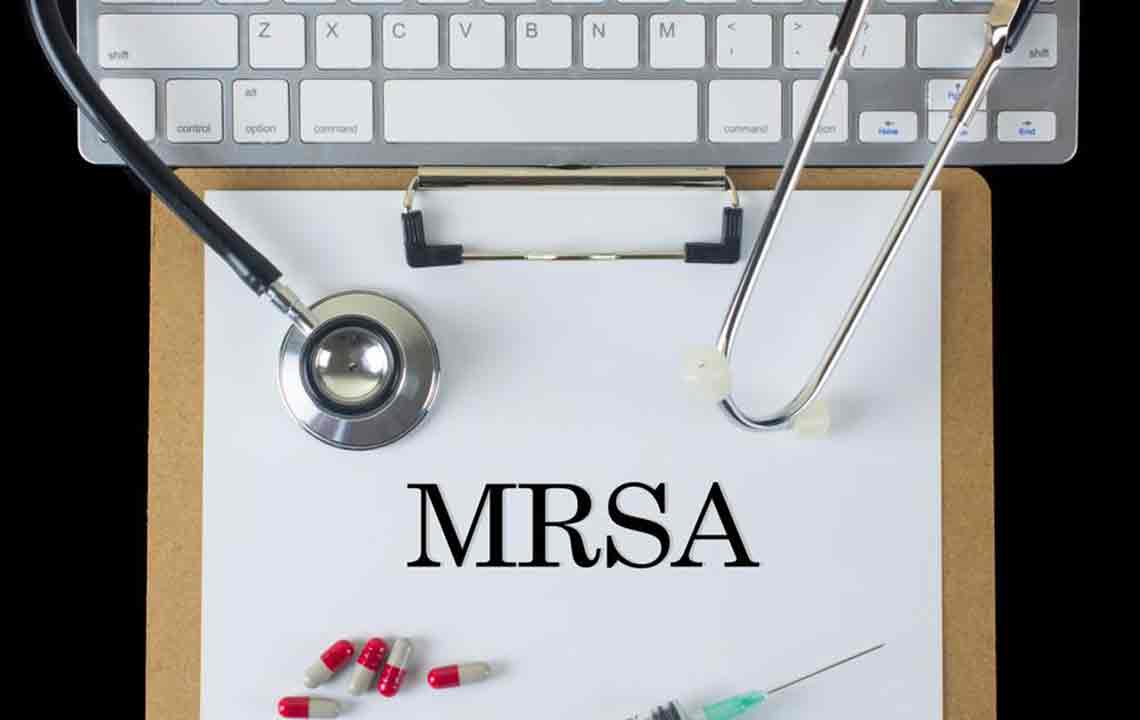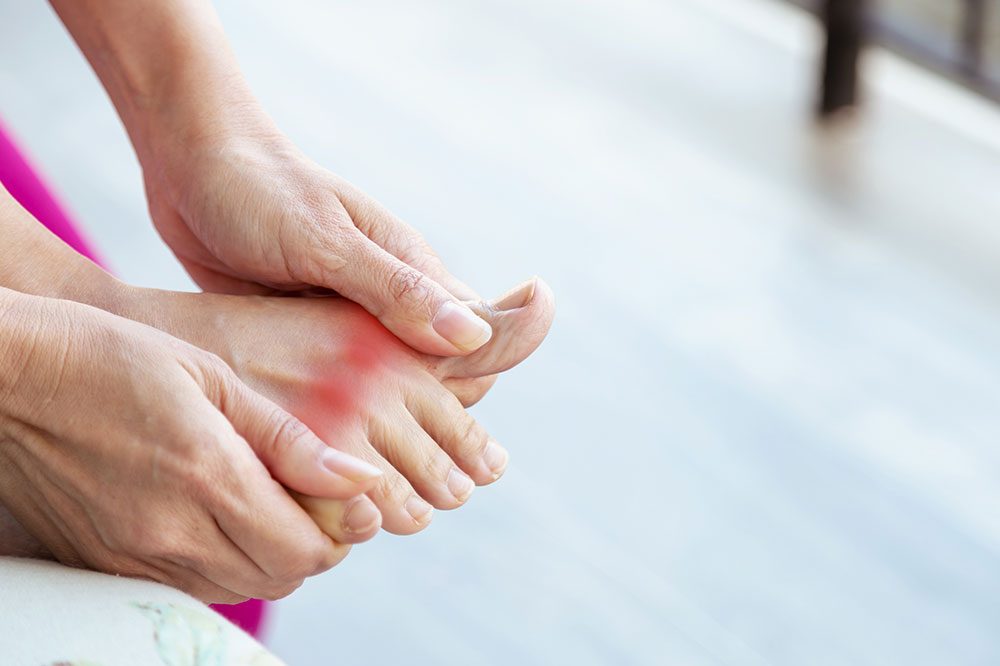Understanding MRSA: Causes, Symptoms, and Prevention Strategies
This article covers the causes, symptoms, and prevention of MRSA infections, highlighting its resistance to antibiotics and emphasizing hygiene practices. It explains how MRSA spreads, symptoms to watch for, and measures to prevent infection, providing essential knowledge for staying safe from this contagious superbug.

Understanding MRSA: Causes, Symptoms, and Prevention Strategies
MRSA, or Methicillin-Resistant Staphylococcus aureus, is a bacterial infection that can affect any part of the body. It often begins with minor skin issues like boils and sores but can become severe by infecting surgical sites, lungs, urinary tracts, or blood. The bacteria are resistant to many antibiotics, earning the nickname "superbug," which complicates treatment.
Staph bacteria naturally inhabit our bodies, with about one-third of people carrying it in their noses. While usually harmless, if it enters the body through cuts or wounds, it can lead to infections such as abscesses, pneumonia, or bloodstream infections.
Symptoms include pus-filled boils, skin redness, swelling, and pain. Moderate cases may cause fever, headache, muscle aches, and fatigue. Severe infections can lead to joint pain, chest pain, low blood pressure, rash, and difficulty breathing.
If untreated, MRSA can spread to the bloodstream, causing septic shock and potentially fatal complications like sepsis, meningitis, endocarditis, or deep abscesses.
Signs of infection include skin boils, carbuncles, eye styes, impetigo, and bloodstream infections. MRSA is highly contagious, transmitting through skin contact or contaminated surfaces like doorknobs or fabrics.
Treatment primarily involves specific antibiotics, though resistance has increased. Ongoing research aims to develop new drugs to combat this resistant strain.
Preventive measures focus on good hygiene: regular handwashing, not sharing personal items, keeping nails short, and disinfecting surfaces can significantly reduce infection risk.
Note: Maintaining proper personal hygiene is essential in preventing MRSA infections. While antibiotics help manage the condition, resistance patterns necessitate continued research. Always consult healthcare professionals for diagnosis and treatment options.










